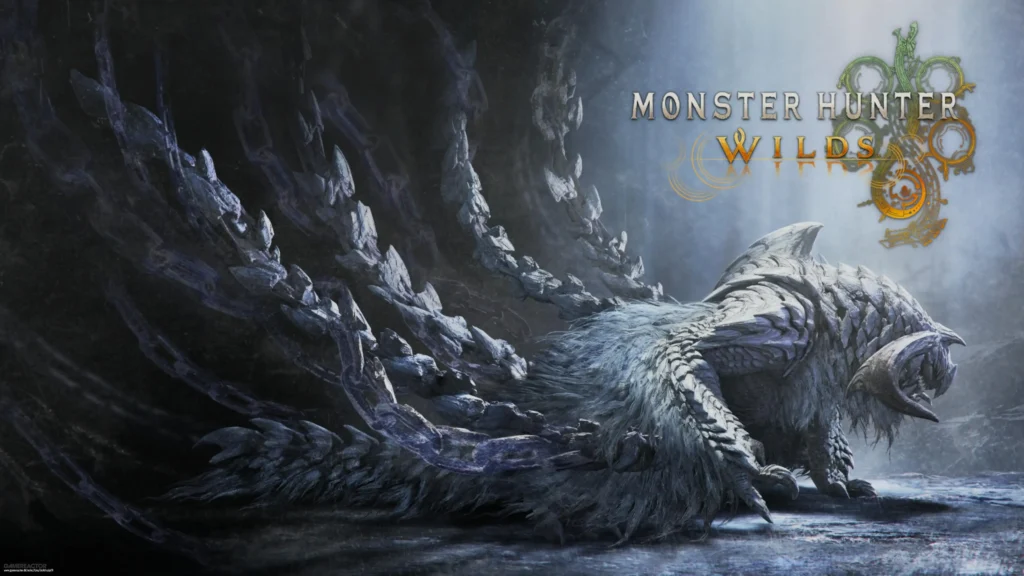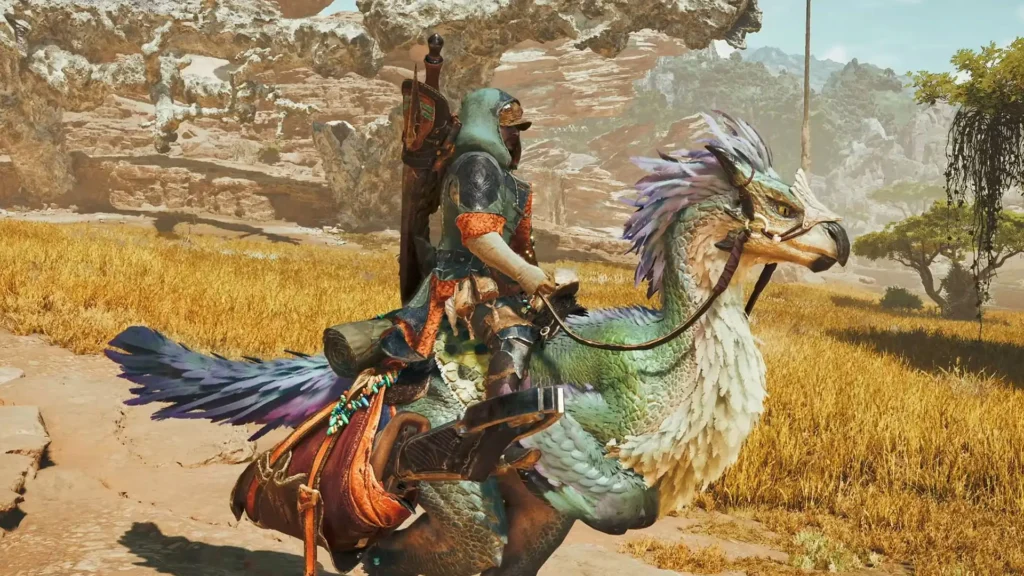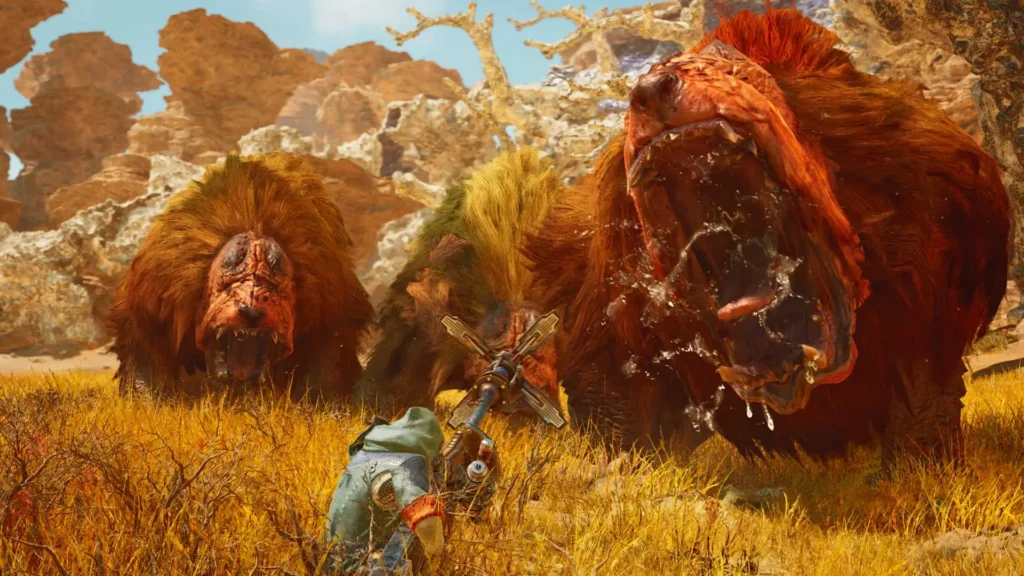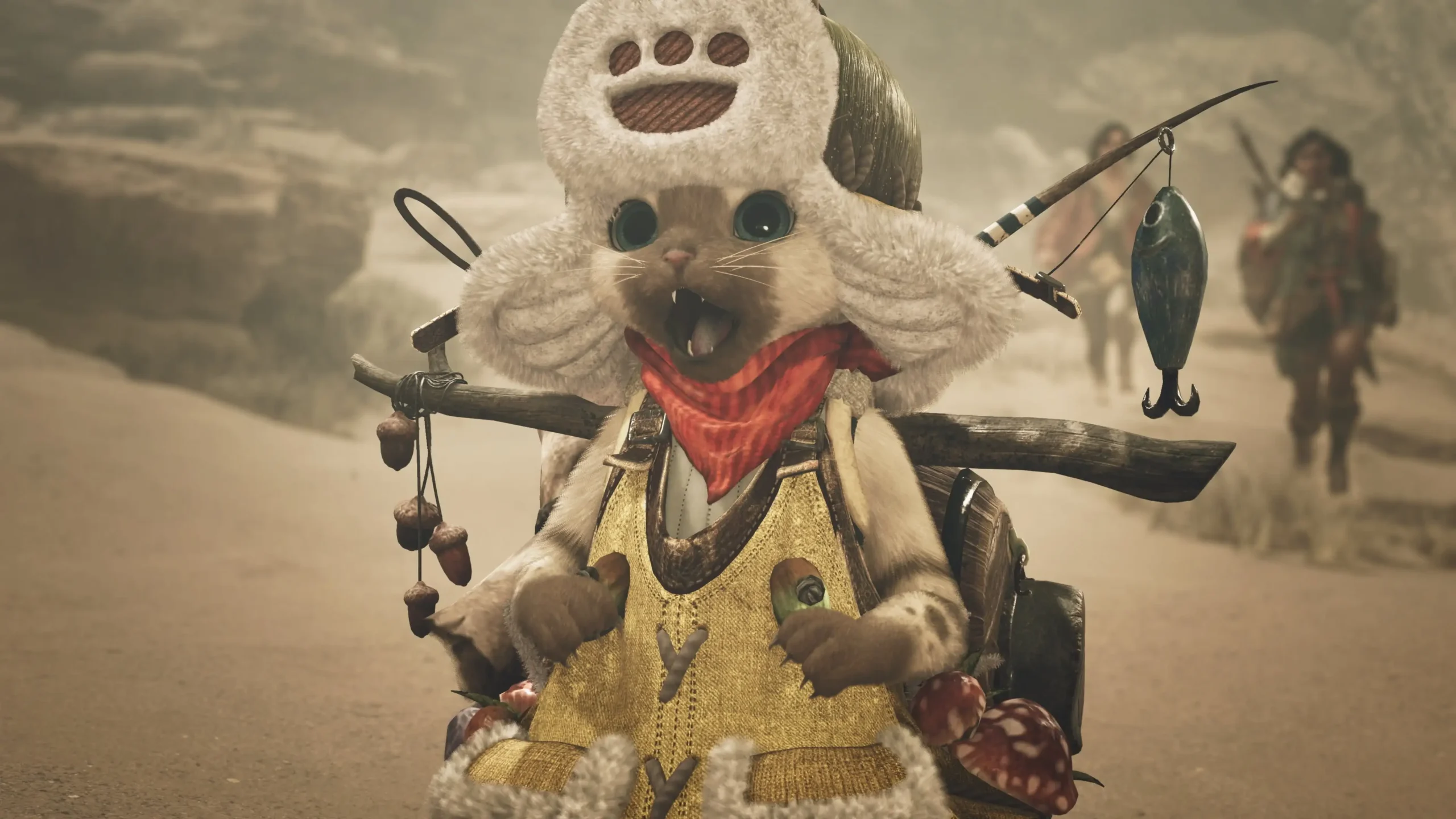The latest installment in the Monster Hunter franchise continues its trend of refining the formula, making the experience smoother and more accessible without losing its core identity. After the explosive popularity of Monster Hunter: World in 2018 and the aerial agility of Monster Hunter Rise in 2021, Capcom has taken another step toward welcoming a broader audience. Monster Hunter Wilds refines the familiar loop of slaying enormous creatures and crafting gear from their remains, making the process faster, more user-friendly, and less cumbersome than ever before. However, that ease comes at the cost of difficulty. The game doesn’t offer much resistance, even at launch, and doesn’t require much thought regarding loadouts or strategic equipment choices. Still, while the danger may be lessened, the joy of hunting remains intact, enhanced by thoughtful combat changes.

Capcom has clearly made efforts to appeal to newcomers, and one area that shows is the campaign. While the story still revolves around venturing into an uncharted region to investigate strange environmental phenomena, the characters make the difference. Whether it’s the enthusiastic engineer Gemma, the warm-hearted handler Alma, or the dreamy biologist Erik, these personalities offer charm and minor arcs that make cutscenes genuinely enjoyable. The narrative may not break new ground, but the engaging cast brings the campaign to life in a way the series hasn’t quite managed before.
The redesigned campaign also feels more compact than expected. The credits roll after just 15 hours without requiring repeated hunts, as early encounters provide sufficient materials to keep gear progression smooth. Compared to the 40-hour campaign of World, it’s clear that accessibility was the priority. While this allows more players to feel a sense of completion, veterans may miss the grind and challenge. Over the course of the main story, there were no moments that demanded a deep dive into the armor system or significant trial and error in gear setup. The absence of punishing monsters makes the progression feel effortless, which might leave seasoned hunters wanting more.
Streamlined Systems and Seamless Exploration
After the main campaign, the structural changes to the game loop become more evident. Gone are the days of returning to a central town after every hunt to check off routine tasks. In Wilds, nearly everything needed is available in the field. Each area connects seamlessly with others, whether traversing a burning oil basin or a snow-covered mountain, and loading screens are swift. Systems like cooking remain, but food buffs now persist for a set duration that only counts down during active gameplay, even pausing while at camp. This change, like many others, trims away tedious steps without losing strategic depth.
Weather Effects and Visual Variety
The game world is a visual feast, featuring dynamic weather states that cycle through each area. The desert, for example, begins with dusty winds, escalates into a lightning-riddled sandstorm, and eventually transitions into a vibrant oasis. Similarly, the forest cycles through heavy rainfall and lush growth. These evolving environments not only alter the landscape visually but can influence which monsters appear. However, a few late-game zones did suffer from noticeable texture pop-ins, especially when using the Balanced mode on the PS5 Pro. Outside of that, performance remained smooth.
Monstrous Highlights
The roster of monsters is another strong point. From returning fan favorites like Gore Magala to flashy new additions such as the spider-like Lala Barina, there’s no shortage of memorable encounters. The standout is Nu Udra, an octopus-like beast whose flaming tentacles bring a unique and thrilling challenge. Severing them one by one creates a deeply satisfying sense of progression within each battle. Arkveld, with its chain-like limbs, also delivers a memorable encounter, reinforcing Wilds’ creativity in monster design.
Evolved Combat Without Losing Tactics
Monster Hunter’s signature combat remains as engaging as ever, demanding timing, positioning, and knowledge of enemy behavior. While button-mashing won’t suffice, Wilds introduces a bit more flexibility. Movements mid-combo feel more forgiving, reducing the frustration of landing attacks that miss due to slight miscalculations. The inclusion of Focus Mode furthers this accessibility, allowing players to target specific parts of a monster more effectively. Damaging a specific area opens up a Wound, which increases damage output. Breaking a Wound resets it, and every weapon includes a Focus Strike to finish off these weak points. Managing these Wounds adds an interesting layer of strategy—though the lack of challenging fights rarely pushes players to engage with it fully.
Despite these new systems, Wilds rarely pushed the player to their limits. Whether playing solo with the surprisingly capable AI Support Hunters, with a Palico companion, or in multiplayer, missions ended quickly and without significant difficulty. Most hunts didn’t exceed 20 minutes, and being knocked out was a rarity. Unlike past titles, such as when specific monsters required a gear overhaul to stand a chance, Wilds lets players push through with minimal resistance. Even in the post-game, armor upgrades and crafting only became a concern once or twice.

A Loot Loop That Ends Too Soon
While the post-game adds more content, it doesn’t extend the grind much. After finishing the story in 15 hours, an additional 15 was enough to clear nearly all side quests and collect the best gear. The usual incentive to chase top-tier elemental weapons and build specialized gear sets is weakened when few monsters require that level of preparation. If the toughest monster available can be defeated on the first try, what’s left to grind for? In part, the ease comes from systems like Focus Strikes causing frequent stagger states, giving players consistent openings. Additionally, rare materials sometimes drop as guaranteed rewards and can be farmed easily by saving and repeating specific hunts, removing the sense of rarity and reward.
Less Friction, More Flow
The accessibility of Wilds means more players are likely to stick with it. However, while previous Monster Hunter entries had players hunting for 50 or 60 hours and still eager for more, Wilds begins to lose momentum around the 40-hour mark. While this is still a sizable and enjoyable game, it lacks the enduring hook of its predecessors. Anticipation for a more demanding endgame is high, but Capcom’s update schedule raises concerns. With only one new monster planned for Spring and another for Summer, the wait for meaningful content may be longer than expected. Past titles received multiple new monsters in the months following release, helping to keep engagement high.

A New Standard in Customization
Despite its balance issues, Wilds shines when it comes to customization. Players can now switch between two weapons during hunts, modify UI elements, adjust menu layouts, and personalize everything from mounts to fast-travel tents. Armor appearance can now be freely customized across all variants, effectively doubling the available cosmetic options and enhancing the style game that becomes important later in the experience.
Better Multiplayer, Smarter Solo
Multiplayer functionality has also seen major improvements. Players can now explore maps with friends using cross-play, transition between hunts without returning to camp, and still receive full rewards. Solo players benefit as well, with the new Support Hunters filling in for real players when Flares are fired. The Online Single-Player mode even allows for full game pausing before calling for backup—an innovation many hope other titles will adopt.
Final Thoughts
Monster Hunter Wilds is a masterclass in removing unnecessary complexity, letting players dive straight into the action with minimal obstacles. The improved combat, beautiful environments, and engaging systems make it one of the most enjoyable entries in the franchise. However, in trimming away the series’ traditional challenge, it also reduces the need for deep strategy and long-term engagement. The thrill of the hunt is there, but the monsters don’t bite as hard as they used to. Until Capcom introduces more formidable post-launch content, Wilds may feel like it ends before the real adventure begins.
